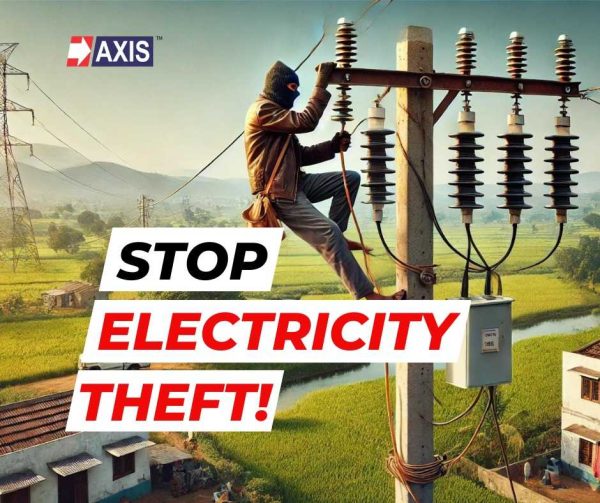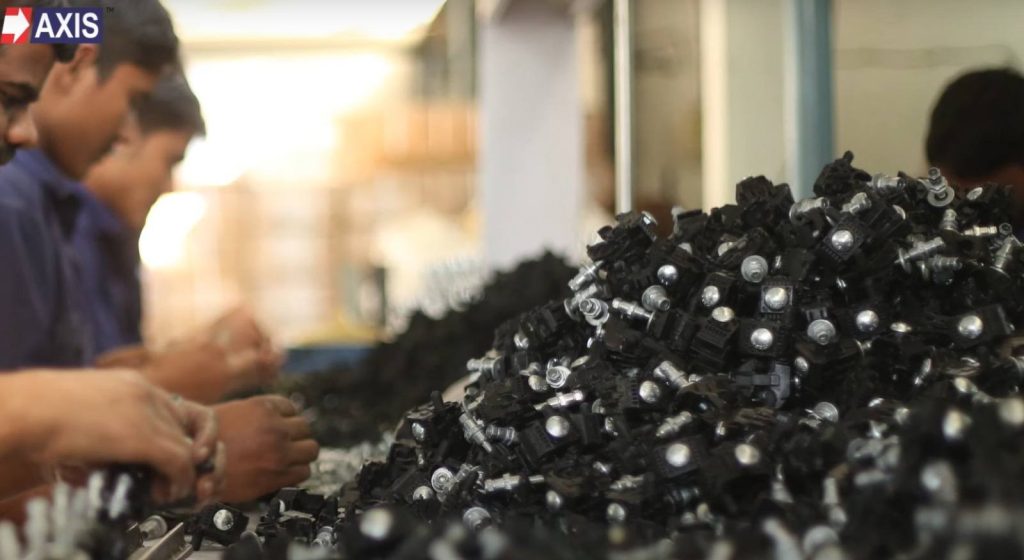

In 2023 India lost 15% of its generated electricity to technical and commercial losses. Power theft is a major component of this loss.
No wonder the debt of the power distribution sector in India rose to Rs 70,000 crore in the Financial year 2023.
But there’s a smart fix to this problem – the AB Cable System and its hardware like insulation piercing connectors. This system has made electricity distribution safer, and more reliable, and reduced power theft significantly. Let’s take a closer look at how these Insulation Piercing Connectors work.

In this blog, we will discuss Insulation Piercing Connectors. By the end of this blog, you will understand:
Also known as IPC, an Insulation Piercing Connector is a type of electrical connector that pierces the insulation of a cable, creating a conductive path with the conductor inside.
These Insulation Piercing Connectors are used in all AB Cable and other insulated cable systems. They create tap connections that can extend the line, distribute the line, connect to streetlights or connect to households.
These connectors come with a water-resistant design that seals the connection, guarding against water penetration.
Low-quality Insulation Piercing Connector allows water to enter the cable, and this can cause issues like short circuits and metal corrosion that will compromise the entire electrical system for a town.
Additionally, the connectors are designed to eliminate the need for insulation stripping. This makes the installation process quicker than in traditional bare conductors. This feature also reduces the likelihood of tampering or theft.
Thieves steal electricity by stripping the cable’s plastic cover and hooking wires to the metal lines inside. This is very easy to do with traditional bare conductors, because there wasn’t even any insulation to strip.
AB Cable systems and Insulation Piercing Connectors are different. The metal cable stays fully covered by its plastic jacket. Insulation Piercing Connector simply pierces through the jacket to reach the metal lines, without uncovering them.
After piercing, the Insulation Piercing Connector covers and seals the hole, due to which the metal lines stay hidden under the plastic cover along the whole cable. Trying to uncover the lines anywhere else is very difficult without special tools. Only utility workers with proper tools can access these metal lines safely. This doesn’t even give the thieves the opportunity to reach the metal conductor
In simple words, IPCs make lives difficult for thieves.
Earth resistance is the measure of how easily electric current can flow from an electrode…
Lightning arrester rods, surge arresters, or lightning conductors are metal rods installed on a building…
Follow us on LinkedIn for the latest updates The protective angle method is one of…
In this trending era of technology and development, earthing in substations plays a vital role.…
The electrically conductive connection between the air-termination system and the earth-termination system is the down…
In this blog, we're focusing on the essential differences between Galvanised Iron Pipe Earthing, also…